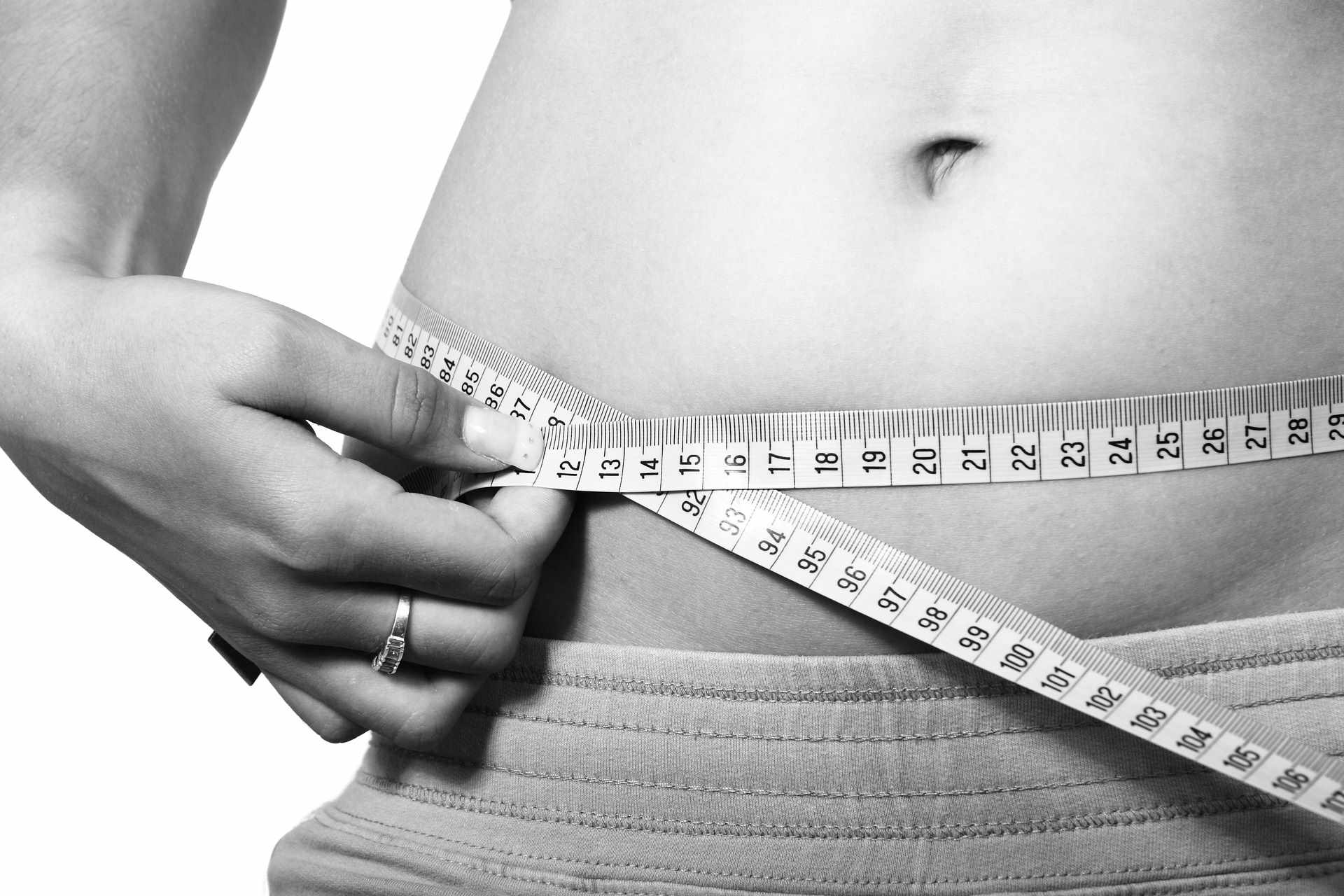Understanding Liposuction: Procedures, Recovery, Costs
Liposuction is a leading surgical option for removing stubborn fat deposits and refining body contours. This guide explains which body areas are commonly treated, what recovery looks like, expected long-term outcomes, typical costs, and safety considerations — helping readers make informed decisions about surgical fat removal and body contouring.

Liposuction is a surgical method designed to remove localized collections of fat that resist diet and exercise. While it is not a substitute for weight loss, it can sculpt and rebalance the body’s proportions when performed by experienced clinicians. The sections below outline common treatment zones, the recovery process, how results hold up over time, cost considerations, and safety issues to evaluate before proceeding.
Common body areas treated
Practitioners use liposuction to target regions where excess fat frequently accumulates. Typical treatment sites include:
- Abdomen and waistline — one of the most common areas for contouring.
- Thighs and hips — for smoothing saddlebags and inner-thigh fullness.
- Arms and back — for localized bulges and improved silhouette.
- Chin and neck — to refine jawline definition and reduce a double chin.
- Chest area — often addressed in men with gynecomastia or fatty deposits.
Each anatomical area demands particular technique adjustments, incision placement, and postoperative care to achieve the smoothest contour and safest outcome.
What to expect during recovery
Recovery after liposuction typically follows predictable stages. Swelling and bruising usually increase for the first few days, then slowly diminish over several weeks. Many patients feel well enough to resume desk work within 1 to 2 weeks, but more strenuous activity should be avoided until cleared by the surgeon. Full recovery and the final contour can take between 4 and 6 weeks, sometimes longer depending on the extent of the procedure.
Surgeons commonly recommend wearing compression garments for several weeks after surgery to control swelling, support tissues, and improve skin retraction. Follow-up appointments are important to monitor healing, remove sutures if needed, and address any questions about activity progression or scar care.
Results and long-term expectations
Liposuction removes fat cells from the treated areas permanently, so the volume reduction achieved is lasting. However, the remaining fat cells can enlarge if the patient gains a significant amount of weight. To preserve results, candidates should commit to a stable, healthy weight through diet and regular exercise.
Ideal candidates for liposuction commonly share these characteristics:
- Body weight within roughly 30% of their ideal.
- Good skin elasticity that can contract after fat removal.
- A stable weight and realistic goals for contouring rather than dramatic weight loss.
- No uncontrolled medical conditions that could complicate surgery or recovery.
A candid conversation with a qualified surgeon helps set expectations about achievable improvements and the potential need for adjunct procedures to address excess skin or other concerns.
Costs and provider options
Below is an overview of typical provider types and what their fees often cover. Actual prices vary by region, facility, and complexity of the case.
| Provider Type | Average Cost Range | What’s Included |
|---|---|---|
| Hospital-based | $3,000 - $8,000 | Facility fees, anesthesia, surgery |
| Private clinic | $2,500 - $6,000 | Basic procedure, follow-up care |
| Medical spa | $2,000 - $5,000 | Limited areas, local anesthesia |
Prices, rates, or cost estimates mentioned in this article are based on the latest available information but may change over time. Independent research is advised before making financial decisions.
Safety considerations and potential risks
As with any surgical intervention, liposuction has risks that should be carefully weighed. Possible complications include infection, uneven or irregular contours, seromas or fluid collections, and temporary or permanent changes in skin sensation. Proper patient selection, skilled surgical technique, and adherence to pre- and post-operative instructions reduce these risks.
Choosing a board-certified plastic surgeon or a similarly qualified specialist is one of the most effective ways to enhance safety and improve outcomes. Ask prospective providers about their training, complication rates, before-and-after photos, and how they handle complications if they arise.
Making an informed decision
Before proceeding with liposuction, gather information from reputable sources, schedule consultations with qualified surgeons, and review the realistic benefits and limitations of the procedure. Discuss medical history, medications, and any factors that may affect anesthesia or healing. Understand the recovery timeline and plan for time off work and assistance at home if needed.
This article is for informational purposes only and should not be considered medical advice. Please consult a qualified healthcare professional for personalized guidance and treatment.






